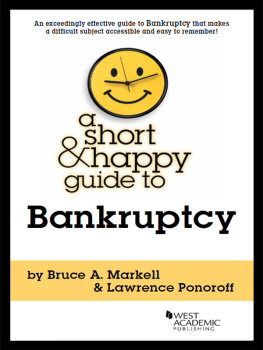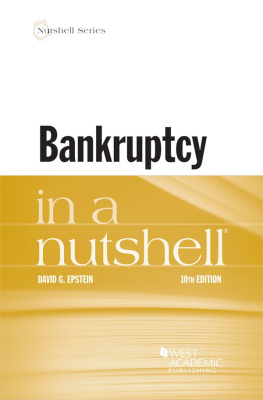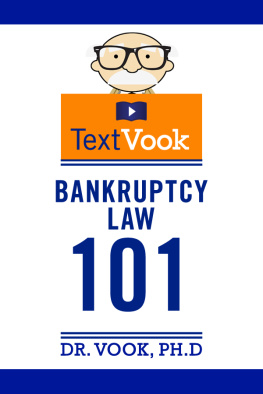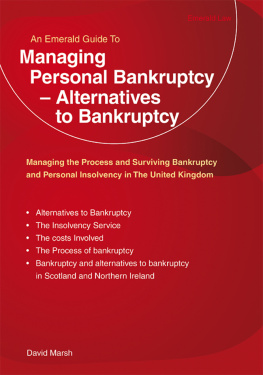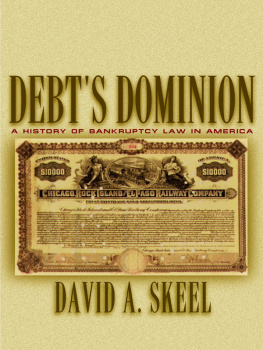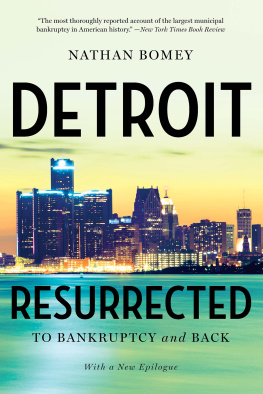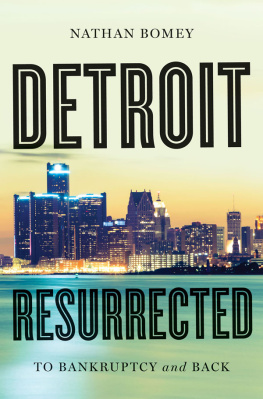Landmarks
Page list

West Academic Publishings
Law School Advisory Board
__________
JESSE H. CHOPER
Professor of Law and Dean Emeritus,
University of California, Berkeley
JOSHUA DRESSLER
Distinguished University Professor, Frank R. Strong Chair in Law
Michael E. Moritz College of Law, The Ohio State University
YALE KAMISAR
Professor of Law Emeritus, University of San Diego
Professor of Law Emeritus, University of Michigan
MARY KAY KANE
Professor of Law, Chancellor and Dean Emeritus,
University of California,
Hastings College of the Law
LARRY D. KRAMER
President, William and Flora Hewlett Foundation
JONATHAN R. MACEY
Professor of Law, Yale Law School
ARTHUR R. MILLER
University Professor, New York University
Formerly Bruce Bromley Professor of Law, Harvard University
GRANT S. NELSON
Professor of Law, Pepperdine University
Professor of Law Emeritus, University of California, Los Angeles
A. BENJAMIN SPENCER
Earle K. Shawe Professor of Law,
University of Virginia School of Law
JAMES J. WHITE
Robert A. Sullivan Professor of Law Emeritus,
University of Michigan
I

a short & happy guide to
Bankruptcy
Bruce A. Markell
Professor of Bankruptcy Law and Practice
Northwestern University
School of Law
Lawrence Ponoroff
Samuel M. Fegtly Chair in Commercial Law
The University of Arizona
James E. Rogers College of Law
A SHORT & HAPPY GUIDE SERIES

II
The publisher is not engaged in rendering legal or other professional advice, and this publication is not a substitute for the advice of an attorney. If you require legal or other expert advice, you should seek the services of a competent attorney or other professional.
A Short & Happy Guide Series is a trademark registered in the U.S. Patent and Trademark Office.
2016 LEG, Inc. d/b/a West Academic
444 Cedar Street, Suite 700
St. Paul, MN 55101
1-877-888-1330
Printed in the United States of America
ISBN: 978-1-63459-493-6
III
Table of Contents
IV
V
VI
VII
VIII
IX
X
XI
Introduction
Bankruptcy is a big subject, but this is a short (and happy) guide. So were not going to chase down every doctrinal nuance or try to fill you up with minutia. Rather, our main goal is to introduce you to the core concepts and major themes underlying bankruptcy law. Oh sure, well cover a lot of the rules of bankruptcy law; thats unavoidable. But the real value of this guide will be (we hope) to give you the tools you need to think about, understand, and find the answer to almost any bankruptcy problem. In other words, we want to help you become a bankruptcy architect , and not just a technician. In order to do this, we will approach our subject organically, focusing not just on the what and how questions, but just as importantly on the why questions.
Its just a fact of life that sometimes people do not or cannot pay their debts, and sometimes businesses fail. A sophisticated credit economy like ours needs a mechanism to deal with these problems. Bankruptcy is an important part of that solution, and bankruptcy cases run the gambit from cases involving individuals like all of us who fall upon hard times to cases involving Fortune 500 companies like General Motors, and everything in-between. Therefore, although their practices may be very different, you will find bankruptcy lawyers on Main Street and on Wall Street, and while their cases may have very little in common, they are all using the same statutethe Federal Bankruptcy Code.
Bankruptcy is not our legal systems only response to financial distress. Bankruptcy operates alongside, and as an alternative to XII state debt collection law. The two systems, however, are based on very different premises, and, for this reason, we believe an awful lot about bankruptcy can be understood right up front by contrasting the operation and goals of the bankruptcy system with the state collection law system.
First, state collection law focuses on each individual creditors collection effort against the debtor; it is not by and large concerned with the rights of creditors as a group. Second, state collection law is what we sometimes call grab law, meaning that the race goes to the swiftest; that is, the creditor that reaches the debtors property first gets all the value of that property, at least until its judgment is satisfied, before later creditors get anything. If you come from a big family, think about mealtime and you probably get the idea. Third, because the race goes to the swiftest, once creditors get wind that the debtor may be experiencing financial difficulties, the feeding frenzy begins and any hope the debtor might have had of reversing its fortunes are out the door, literally and figuratively. Fourth, because the state law execution process calls for the forced sale of the debtors property at auction, state collection law produces notoriously low values for the debtors property; i.e. , much lower than would be attained if the property could be sold in an orderly, market transaction. Finally, federal bankruptcy law offers a form of debtor reliefthe discharge from prepetition debtsthat the states do not and, because of the impairment of contracts clause in Article 1 of the Constitution, cannot provide.
The last point bears emphasis, as our bankruptcy law is simultaneously about two very different interests: debtor protection and creditor rights. There is no perfect balance between these interests and, inevitably, where the fulcrum is placed by Congress at any point in time is a function of a variety of largely non-legal considerations, not the least of which are political in XIII nature. Senator Charles Grassley (R. Iowa) thinks bankruptcy goes too far in providing debtor relief; Senator Elizabeth Warren (D. Mass.) thinks it doesnt go far enough. We suggest you always be thinking in the background, does this rule go too far in favor of debtors, or too far in favor of creditors, or, like in Goldilocks, is it just about right?
XV
A Short & Happy Guide to Bankruptcy
UNIT 1
Overview of Bankruptcy

A. A Little (but Still More than You Care About) History
Bankruptcy law can be traced all the way back through the medieval Italian city-states to Roman law. England adopted specific bankruptcy statutes in the sixteenth century, and amended those statutes from time to time thereafter. U.S. bankruptcy law was initially based on English law as it existed in the late eighteenth and mid-nineteenth centuries. What is most notable about early bankruptcy law is that it was not much (or really any) about debtor relief. Rather, it was seen purely as a mechanism for creditors to hold accountable debtors who were attempting to evade responsibility for their debts, and to maximize returns (payouts) for those creditors.
Probably as a reaction to the dizzying array of insolvency laws that existed during the colonial period and under the Articles of Confederation, and to promote commerce, the Framers determined to grant Congress with the authority in Article 1, 8, clause 4 of the Constitution to establish uniform Laws on the subject of Bankruptcies.

